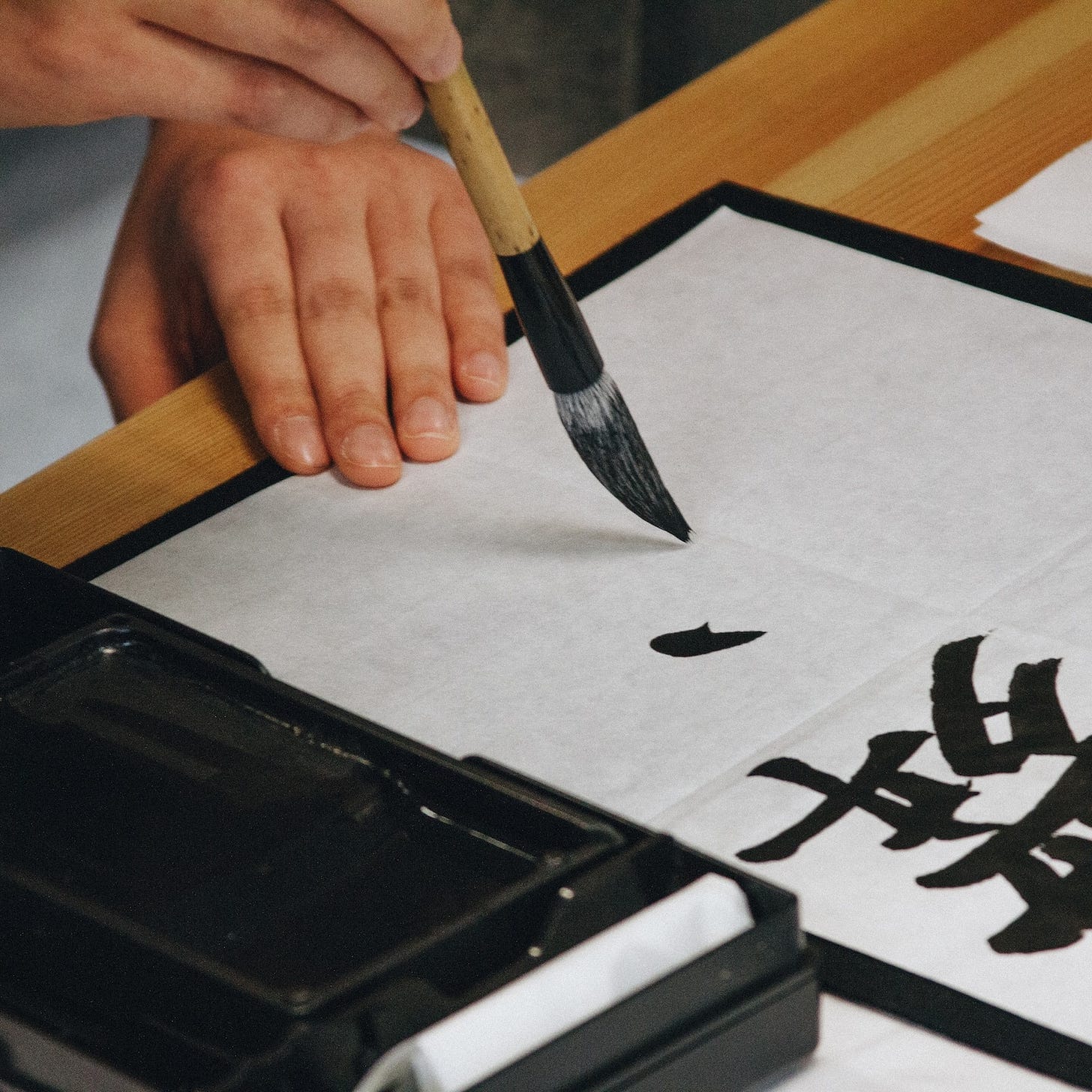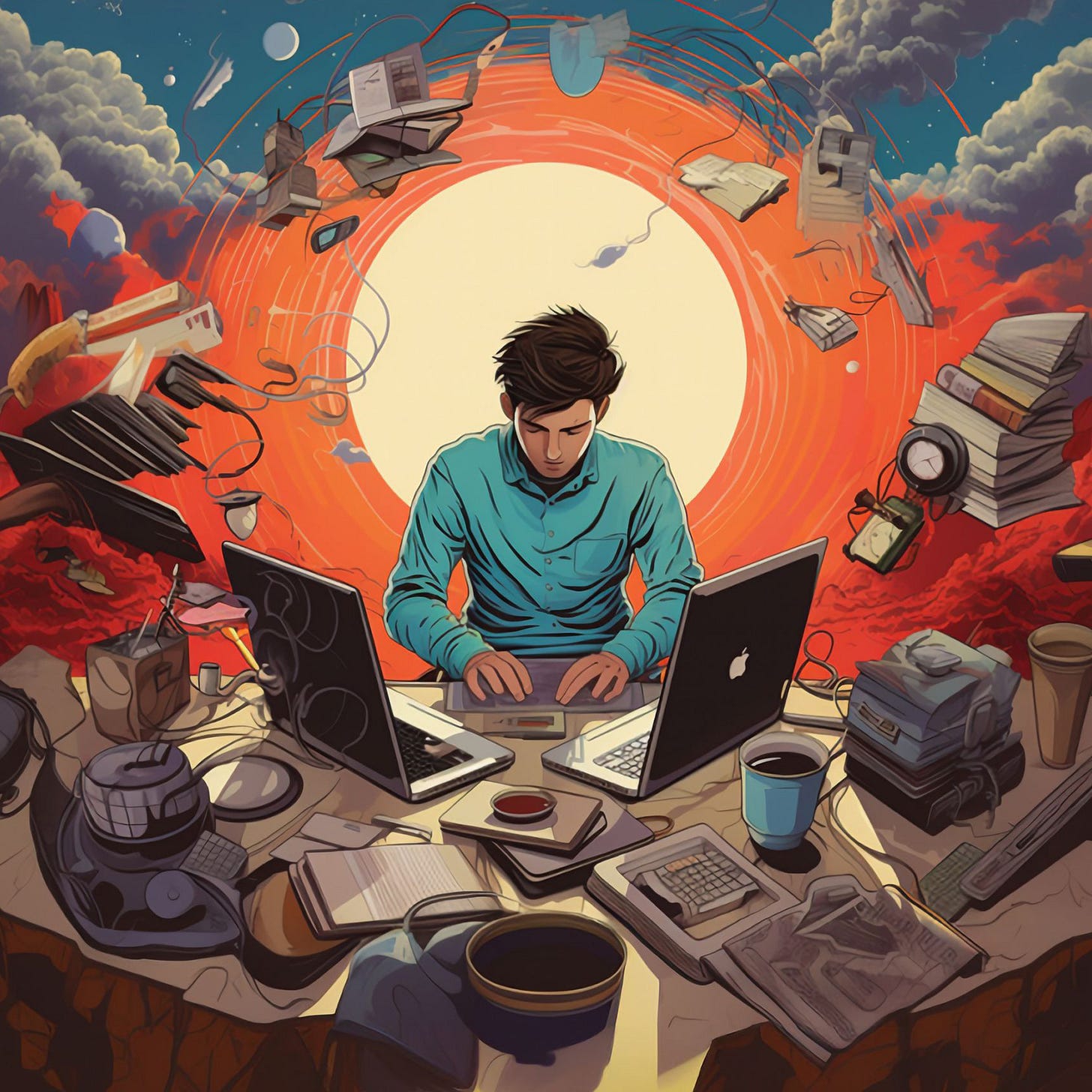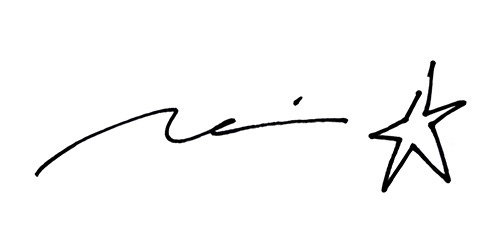
The ritual
In Japan, where I grew up, there is a tradition called “Kakizome” which translates to “the first calligraphy of the New Year.”
The beginning of the year is a big deal there. It starts slowly with the first three days being officially off. During these days, people enjoy elaborate New Year's bento boxes with their families and flock to shrines to make their wishes for the year. Schools don’t start until the second week of January, but in the snowy northern regions such as Hokkaido, the kids get the first three weeks off. I got the first 10 days of January off in our area.
Having lived in the US for more than a quarter century, starting work or school on the second day of the year is as foreign as California rolls. I can and will do it but there is something that’s fundamentally off about it.
During the winter break, many Japanese students in elementary and middle schools are assigned Kakizome as their holiday homework. Traditionally on January 2, we are encouraged to think about our objective for the year, come up with or find auspicious words, and write down our resolution on a large scroll of rice paper with a thick brush and dark ink. At my school, as these scrolls would be displayed in the hallways of our school, we needed to practice our calligraphy as much as possible and bring the best version of our writing to school.
Just like many activities in Japan, this first calligraphy of the New Year tradition is a ritual ingrained into society and education, starting as early as the third grade, or even younger in some cases.
The last time I practiced Kakizome was when I was in the ninth grade. I never did Kakizome again. Shame on me.
I’ve never been good with New Year’s resolutions. In my twenties and thirties, I would loosely think of things I wanted to accomplish that year but would fall off of the resolutions only after the first weeks of the year.
A few years ago, at my wife’s suggestion, we started writing down our New Year’s resolutions and sharing them with each other for mutual accountability. We try to make them as specific and measurable as possible. I can’t say I’ve been able to keep all my resolutions—less than half if I were honest—but I also found that this has been a refreshing exercise and renewed my motivation to set goals for myself for each year.
2024: The year of productivity?
One of my key goals for 2024 is productivity. But with a caveat.
I’ve always struggled with time management. When I was younger, it wasn’t a huge issue. I, along with most people in our twenties, had fewer responsibilities or obligations that I had to worry about. I just had more time to myself.
I could also stay up late and function fine the next day. Even if I wasn’t being efficient with my time, I would stay up doing things and making things in my own time late into the night. That sort of made up for the lack of efficiency in my daily routine. This, as I’m realizing now, isn’t a good strategy, especially in one’s forties and beyond. When I stay up late, I end up paying the price the next day.
On top of that, there was less external pressure and distractions. Twenty-plus years ago when I was about to start building my career in the creative industry (for the record, I’m still building), there weren’t creators singing the gospel of productivity, personal branding, content creation, etc.
In just the last 24 months, the number of self-proclaimed social media growth coaches and personal branding gurus seems to have exploded on Instagram, TikTok, LinkedIn, and the platform formerly known as Twitter, or now Threads.
The pandemic accelerated this trend. While the cost of and the demand for elite colleges didn’t get disrupted as much as some experts thought they would be, the popularity of online courses did rise significantly, from the elite end of the spectrum to the opposite end. Yet another way for Ivy League schools to make even more money.
In addition, many creators have now figured out how the algorithms of various platforms work. The platforms benefit when more people are posting more content more frequently. Creators desperate for irrational emotional affirmations in the form of followers and likes are willingly uploading stuff in quantity and for free.
The explosion of generative AI just added more fuel to the fire. A seemingly endless array of A.I. experts are providing tips, tricks, and tools to increase and maximize our productivity.
Do tools make us more productive?
From time to time, I talk myself into the cult of productivity. The end and the beginning of a year are such times, every year.
Over this New Year holiday, I spent some time exploring various productivity tools to see if and how I can improve my productivity. But that’s an overstatement. I just wanted to have one or two apps to help track the tasks, goals, and habits I set out for the year.
ToDoist, TickTick, and MinimaList were some of the apps that kept coming up in reviews. There was even an app called Productive. Many of these have various features and frameworks to make us more productive such as the Eisenhower Matrix or ditching your to-do list altogether. Numerous people before us tried various techniques so we didn’t have to. But I had to try them myself anyway.
After spending some time, I came to an inevitable conclusion: More tech doesn’t fix the core of my problems. I think I knew this all along.
While the aforementioned apps had seemingly great and sophisticated features as well as favorable reviews, I found myself thinking about how to best utilize the features such as color-coding or categorizing my to-do’s rather than focusing on the tasks themselves. I was more distracted by the tracking aspect of being productive instead of actually being productive.
In other words, it was too much tech. Where I landed is as little tech as possible.
For my daily to-do list: the Google Tasks app (free) and prioritizing tasks in a 1-3-5 list (1 big task, 3 medium tasks, 5 small tasks)
For habits I’m trying to develop: the Habit Tracker app ($3.99/lifetime with X’mas promotion - I was sold!).
For time management: the Pomodoro Technique (25-minute stretches of focused work broken by five-minute breaks)
Focus. Augment. Elevate.
As of this writing, 100% of this newsletter is written painstakingly manually by yours truly. I’ve tried using a few AI writing tools but I haven’t been able to produce outputs that I’m satisfied with so far. That’s perhaps because the topics I like to think and write about are niche and specific. In addition, I like to include a fair amount of my own experience, observations, and perspective.
Hikari Senju, the founder and CEO of Omnikey, an AI platform that generates, analyzes, and optimizes personalized ad units at scale, shared this idea of “10% human at the beginning, 80% machine in the middle, then 10% human to finish” when I met him in 2023.
A few years ago, this was science fiction. A year ago, I thought this would be at least a few years away but with mediocre quality.
I was wrong.
At the end of December, I happened to come across an online seminar called “How I Built with AI in 2023” by Piers Fawkes of PSFK, a trend research and forecasting firm in NYC. He gave a detailed view of how he’s using AI for publishing his newsletters and reports. In 2018, he had 8 staff members work together to create an in-depth report and it took his team one month. Now, he combines ChatGPT, Airtable, Zapier, and other tools to do the same type of work in one day. And with ZERO staff.

I don’t foresee replacing 80% of my writing with AI anytime soon as I’d like to believe that you are here to read what I write, not what AI writes.
If we outsource our thinking to AI, I believe we risk making ourselves redundant. We become just like everyone else. It’s the quality of thinking that counts.
of —someone who seems to be on the high end of the productivity scale—put it elegantly in one of his past articles:Thinking takes place in your brain. And thinking is an active pursuit — one that often happens when you are spending long stretches of time staring into space, then writing a bit, and then staring into space a bit more. It’s here that the connections are made and the insights are formed. And it is a process that stubbornly resists automation.
Here’s the caveat for my goal of being productive in 2024: I’m less interested in using AI to produce more stuff. What I’m interested in is how I can use AI to augment my process so that I can elevate the quality of my thinking.
It’s been decades since I did calligraphy for my New Year’s resolutions. If I were to condense my resolutions for 2024 into as few words as possible, they would come down to this:
Focus. Augment. Elevate.
Here’s to 2024.
Thanks for reading. Please hit reply if you have comments, questions, and feedback. I’d love to hear from you.






Hi Rei, Thank you for sharing that. I think it is really interesting and positively habit forming. I'm a week late but I'm going to incorporate that into my own practices starting now.